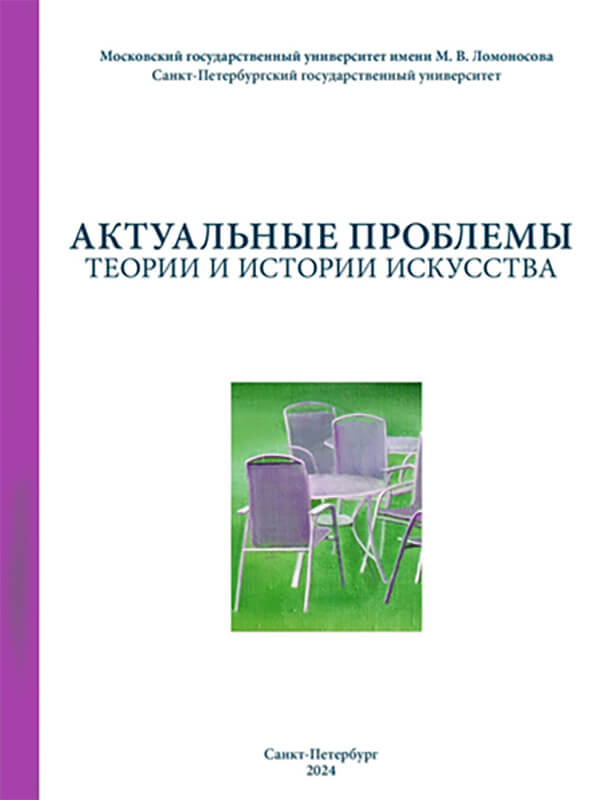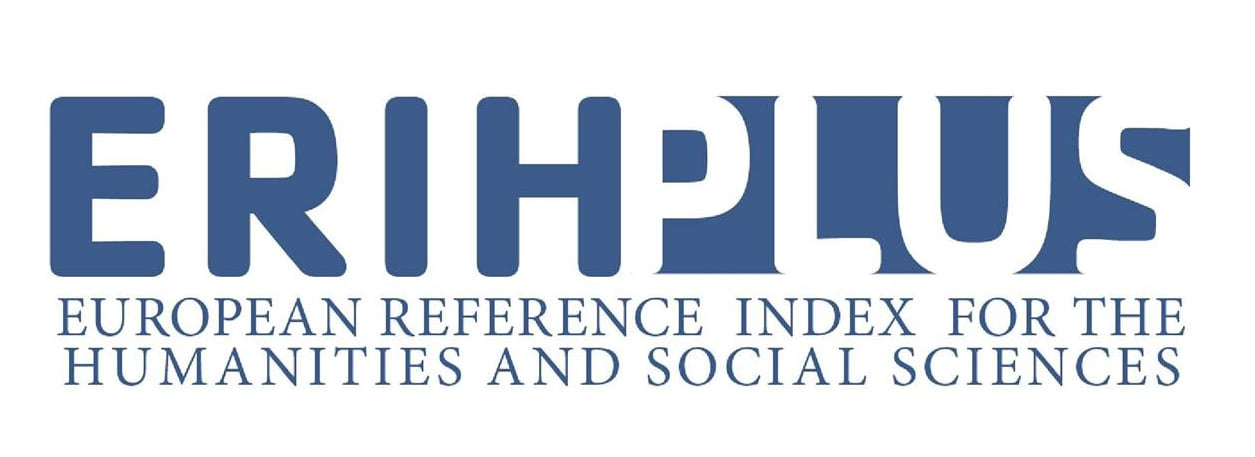World Expositions of the Third Millennium: On the Search for National Identity in Modern Architecture
DOI:
https://doi.org/10.18688/aa2414-7-47Keywords:
contemporary architecture, national identity, World exhibitions, national pavilionsAbstract
Since the advent of international festivals, such as the 1851 World’s Fair or Expo, the creation of ‘new architecture’ has invariably been a key aspect of the preparations. The quest for the “new” in architecture was the primary rationale behind the organization of World’s Fairs. The construction of the main exhibition facilities and national pavilions ought to be subordinated to the principal objective, namely the creation of experimental building structures or the presentation of innovative construction technologies (i.e. to look at the ‘tomorrow’ of architecture). Concurrently, it is imperative to demonstrate the traditions of national architecture, thereby actualizing the ‘previous day’. Consequently, at World Expositions, a distinctive form of modern architecture has been created, which serves to bridge the past and future of a specific country in a ‘semantic node’. It is therefore crucial to underscore the distinctive character of a country’s historical, cultural, and traditional heritage. In the construction of an artistic image for a national pavilion at a World Expo, it is crucial for each country to consider the most effective means of expressing its national identity in modern architecture. This article analyzes the strategies deployed by different countries to project their national identity in the context of World Expositions.
References
Konovalova N. А. Contemporary Gardens in Japan: Transformations and Constants. Contemporary Worlds Architecture, 2017, vol. 9, pp. 111–131 (in Russian).
Petrushikhina S. V. The Reception of the Concept of Embodiment in Architectural Phenomenology. Actual Problems of Theory and History of Art: Collection of Articles, 2022, vol. 12, pp. 674–685. DOI 10.18688/Aa2212-07-54 (in Russian).
Shpakov V. N. History of World Exhibitions. Moscow, AST-Zebra E, 2008. (in Russian).
Castilla M. V.; Sánchez-Montañés B. Construcción semántica y forma: fundamentos de la dimensión comunicativa en la Arquitectura Contemporánea. ACE: Architecture, City And Environment, 2022, vol. 17, no. 50, 11026. DOI 10.5821/Ace.17.50.11026 (in Spanish).
Jackson A. EXPO International Exposititions 1851–2010. V & A Publishing, 2008.
Mohammed A. J.; Kadhom H. K. Flutter Investigation and Deep Learning Prediction of FG Composite Wing Reinforced with Carbon Nanotube. Curved and Layered Structures, vol. 11, no. 1, 2024, pp. 20220218. DOI 10.1515/Cls-2022-0218
Omar M. R.; Ayob A.; Zakaria M. H., Rahim N. S. A.; Mokhtar H., Rani H. A.; Rahman F. A. Perspective of Construction Building Professionals on Low-Carbon Materialsi Malaysia. Journal of Construction in Developing Countries, iss. 28(2), 2023, pp. 139–162. DOI 10.21315/Jcdc-04-22-0081
Tourek J. Light in Architecture: Two Approaches. Actual Problems of Theory and History of Art: Collection of Articles, 2022, vol. 12, pp. 535–541. DOI 10.18688/Aa2212-05-41


